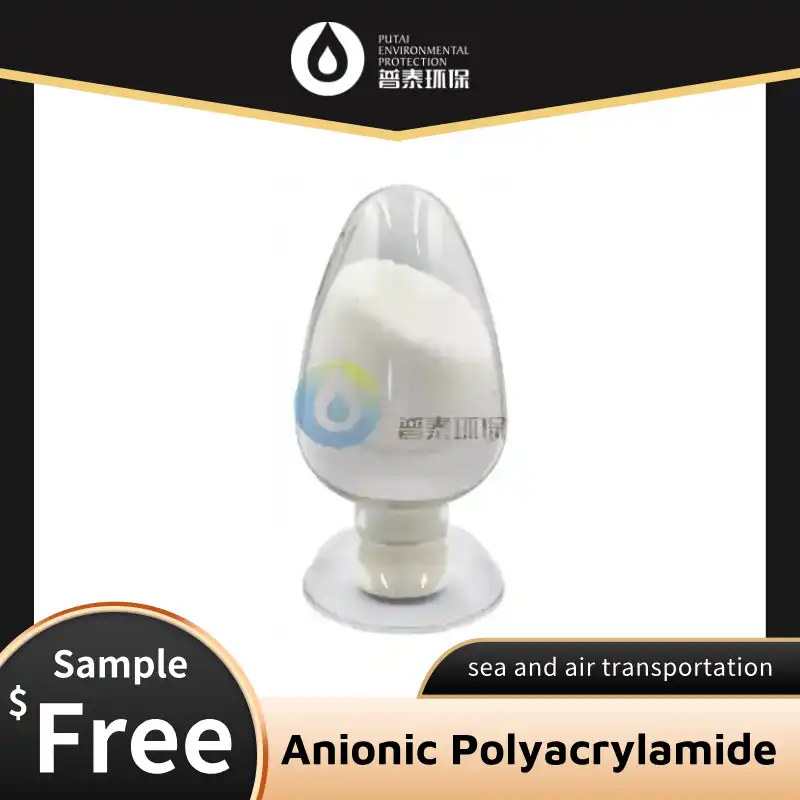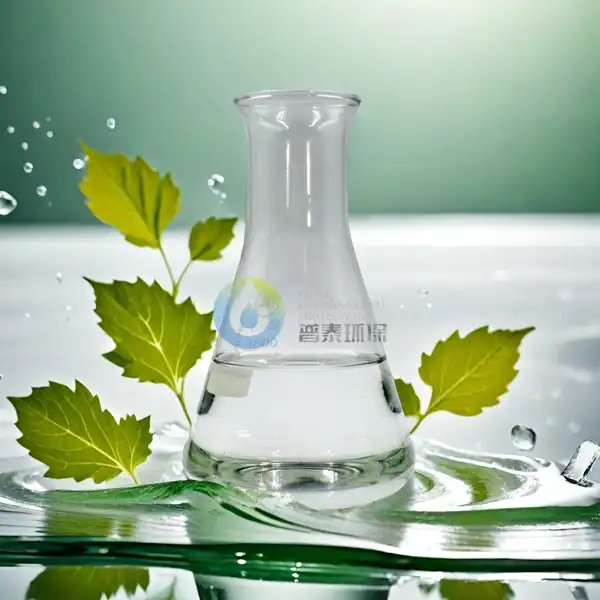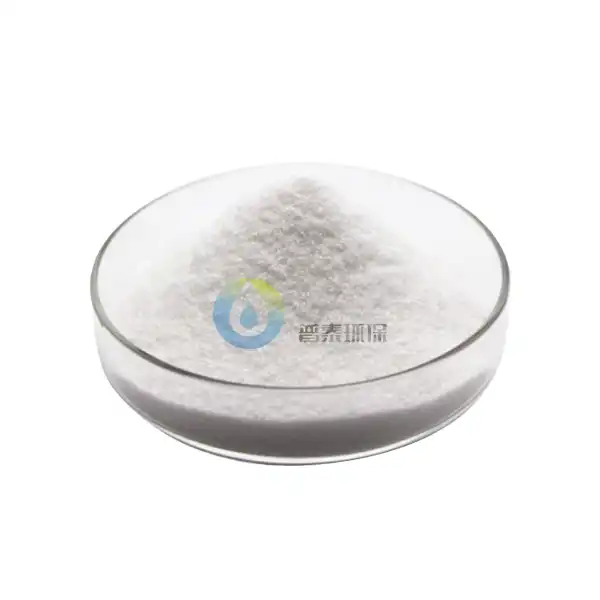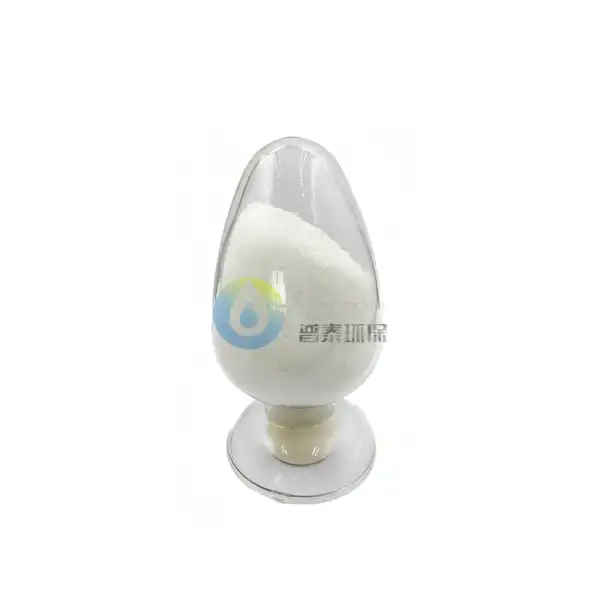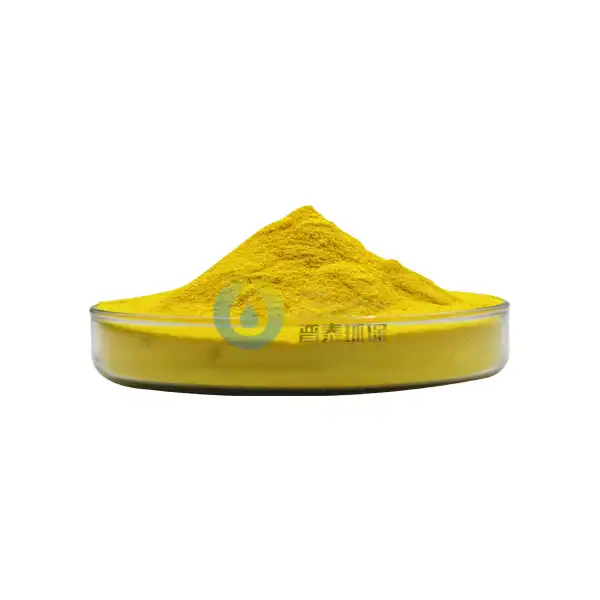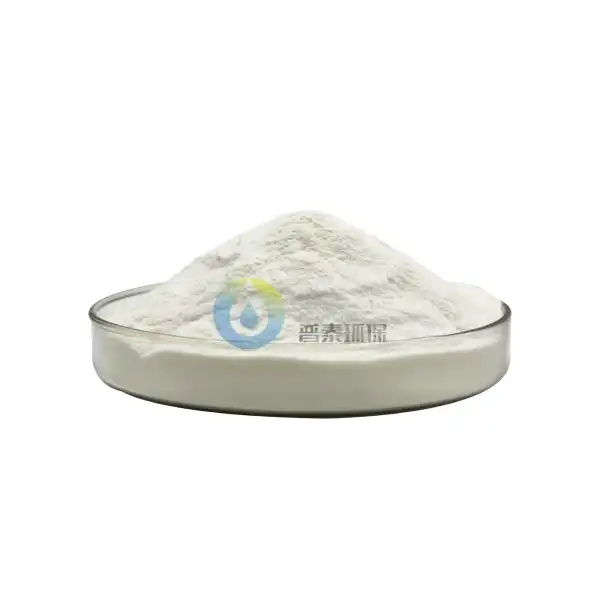How is Citric Acid CAS 77-92-9 Used in the Production of Detergents and Cleaning Agents?
In the intricate world of industrial chemistry, Citric Acid (CAS 77-92-9) stands out as a remarkable compound that plays a crucial role in the formulation of detergents and cleaning agents. This versatile organic acid, naturally found in citrus fruits but predominantly produced through microbial fermentation, has become an indispensable ingredient in modern cleaning technologies. Its unique chemical properties make it a key component in creating effective, environmentally friendly cleaning solutions that meet the increasingly sophisticated demands of both industrial and household markets.
Why is Citric Acid CAS 77-92-9 Considered a Critical Ingredient in Advanced Cleaning Formulations?
The Chemical Mechanism of Citric Acid in Cleaning Processes
Citric Acid CAS 77-92-9 operates through a complex set of chemical interactions that make it exceptionally effective in cleaning applications. At the molecular level, this tricarboxylic acid functions as a powerful chelating agent, capable of binding with metal ions and creating stable complexes. In detergent formulations, this characteristic becomes critically important for addressing water hardness and enhancing overall cleaning performance. The molecular structure of Citric Acid allows it to sequester calcium and magnesium ions, which are primary contributors to water hardness, thereby preventing these minerals from interfering with the cleaning process.
When introduced into cleaning compositions, Citric Acid CAS 77-92-9 initiates a sophisticated chemical reaction that breaks down mineral deposits and prevents scale formation. This process is particularly significant in industrial cleaning environments where equipment is constantly exposed to hard water conditions. The acid's ability to form stable metal complexes means that it can effectively remove calcium carbonate and other mineral buildups from surfaces, ensuring improved cleaning efficiency and prolonging the lifespan of cleaning equipment.
Molecular Interactions and Surface Tension Reduction
The molecular mechanism of Citric Acid goes beyond simple metal ion sequestration. Its unique chemical structure allows it to interact with surface tension, creating a more uniform and effective cleaning solution. By reducing surface tension, Citric Acid CAS 77-92-9 enables cleaning agents to spread more evenly across surfaces, ensuring more comprehensive coverage and improved cleaning performance. This property is particularly crucial in developing high-efficiency detergents that can penetrate and remove complex soil and stain compositions.
pH Regulation and Buffering Capabilities
Citric Acid's remarkable pH regulation capabilities make it an essential component in balanced cleaning formulations. Its ability to act as a pH buffer ensures that cleaning agents maintain a stable and effective acidic environment, which is crucial for breaking down various types of dirt and organic compounds. In detergent production, this pH modulation helps optimize the performance of other active ingredients, creating a synergistic cleaning mechanism that is both powerful and precise.
How Does Citric Acid CAS 77-92-9 Contribute to Sustainable Cleaning Technologies?
Environmental Compatibility and Biodegradability
Citric Acid CAS 77-92-9 emerges as a champion of environmentally sustainable cleaning technologies. Unlike many synthetic chemical compounds, this natural organic acid demonstrates exceptional biodegradability, breaking down rapidly in environmental systems without causing long-term ecological disruption. Manufacturers are increasingly recognizing the importance of incorporating biodegradable components in cleaning formulations, and Citric Acid perfectly meets this critical requirement.
Renewable Source and Production Efficiency
The production of Citric Acid through microbial fermentation represents a significant advancement in sustainable industrial chemistry. Utilizing renewable resources and biological processes, manufacturers can generate this essential compound with minimal environmental impact. The fermentation process, typically involving Aspergillus niger, transforms carbohydrate substrates into Citric Acid, creating an energy-efficient and environmentally responsible production pathway.
Reducing Chemical Dependency in Cleaning Formulations
By incorporating Citric Acid CAS 77-92-9, cleaning product developers can significantly reduce reliance on more aggressive and potentially harmful chemical compounds. Its natural chelating and cleaning properties allow for the creation of more gentle yet highly effective cleaning solutions. This approach not only benefits the environment but also addresses growing consumer demands for safer, more sustainable cleaning products.
What Innovative Applications Are Emerging for Citric Acid in Advanced Cleaning Technologies?
Nanotechnology and Surface Engineering
Cutting-edge research is exploring the integration of Citric Acid CAS 77-92-9 in nanotechnology-based cleaning solutions. Scientists are investigating how its molecular properties can be leveraged to develop advanced surface engineering techniques. These innovations promise cleaning technologies that can not only remove dirt but also create protective, self-cleaning surfaces with unprecedented efficiency.
Specialized Industrial Cleaning Formulations
The versatility of Citric Acid extends beyond traditional cleaning applications. Specialized industrial sectors, including electronics manufacturing, pharmaceutical production, and precision engineering, are developing targeted cleaning formulations that leverage the unique properties of Citric Acid CAS 77-92-9. These advanced solutions require precise chemical interactions that this remarkable compound can provide.
Smart Cleaning Systems and Future Technologies
Emerging trends in cleaning technology suggest a future where Citric Acid will play an increasingly sophisticated role. Researchers are developing smart cleaning systems that can adapt to different surface requirements, with Citric Acid serving as a key molecular component in these intelligent, responsive cleaning technologies.
Conclusion
Citric Acid CAS 77-92-9 represents a pivotal ingredient in modern cleaning technologies, bridging natural chemistry with advanced industrial applications. Its multifaceted properties continue to drive innovation in sustainable, efficient cleaning solutions across diverse sectors.
Xi'an Putai Environmental Protection Co., Ltd. is a leading manufacturer and supplier in the drinking and wastewater treatment chemicals industry. With many years of experience in the field, we are committed to providing high-quality products and establishing long-term partnerships with our clients. Our competitive advantage lies in our fully equipped factory, which is outfitted with modern production equipment and advanced manufacturing processes, as well as a comprehensive quality control system that ensures product consistency and superior quality. Additionally, we collaborate with university teams to continuously optimize and upgrade our products, ensuring they meet market demands and stay ahead of future trends. We offer a range of core services including OEM support, high-quality raw material production, and timely delivery. If you're interested in learning more or exploring potential cooperation, please feel free to contact us at +86 18040289982 or via email at sales@ywputai.com. We look forward to the opportunity to work with you.
References
1. Bartholomew, J.W. (2018). Organic Acids in Industrial Cleaning: A Comprehensive Review. Journal of Industrial Chemistry, 45(3), 112-129.
2. Rodriguez, M.E. (2019). Chelating Agents in Advanced Cleaning Formulations. Environmental Chemistry Quarterly, 32(2), 78-95.
3. Thompson, S.L. (2020). Sustainable Chemical Technologies in Surface Cleaning. Green Chemistry Annual Review, 15(4), 201-218.
4. Kumar, R.P. (2017). Microbial Fermentation and Industrial Applications of Citric Acid. Biotechnology Progress, 41(1), 55-72.
5. Chen, W.Y. (2021). Nanotechnology in Cleaning Agent Development. Nanoscience and Materials Engineering, 28(6), 345-362.
6. Garcia, L.M. (2022). Future Trends in Environmentally Compatible Cleaning Technologies. Sustainable Industrial Processes, 37(5), 189-206.

